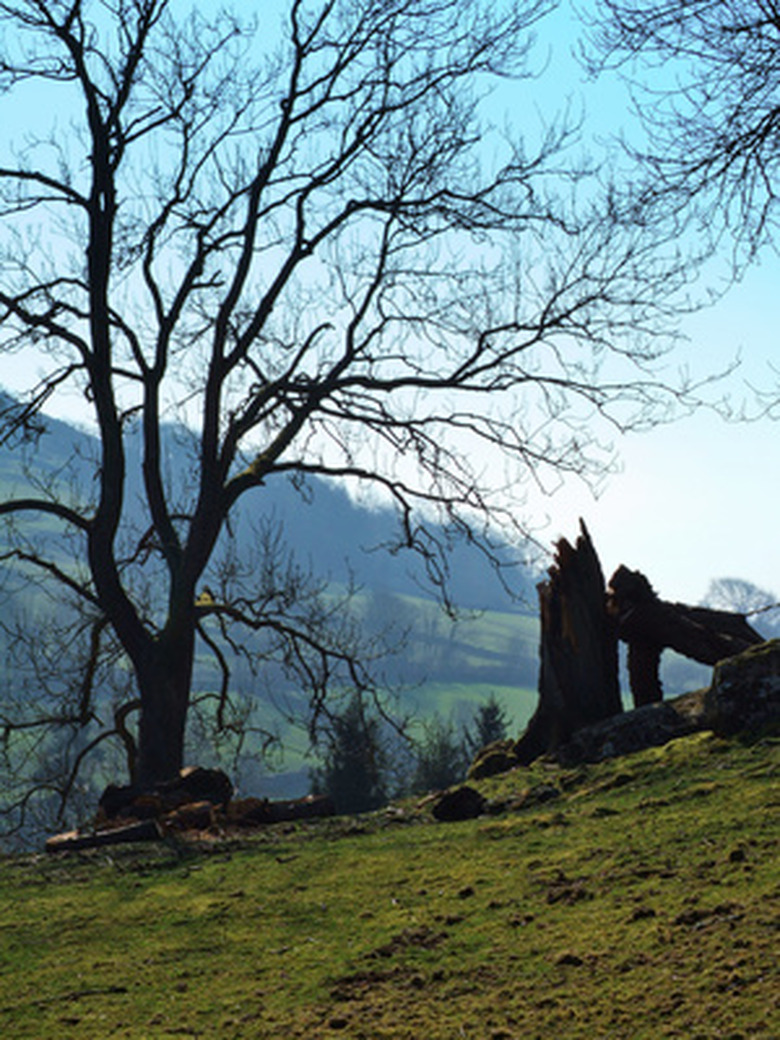Tree Wrap For Damaged Trees
Young trees and those with thin bark can become easily damaged during a storm or by hungry animals. To prevent damage to a tree and to heal one that has been harmed, using tree wrap is a tried-and-true method of prevention and healing.
Advantages
Tree wrap can be used in a variety of applications to both prevent damage to, and further damage of the tree trunk. Tree wrap before the winter will prevent hungry animals from gnawing on the bark and exposing the tender wood on the inside of the trunk. Tree wrap will also prevent boring insects form entering the tree flesh and laying eggs.
Tree Wrap Materials
Tree wrap can be made from a number of materials. Kraft paper is a paper that is soaked in tar. It is effective and costs less than other wrapping methods. Plastic can be used for rodent control, as it is hard to get through, but it can cause further damage to the tree if moisture gets trapped inside. Burlap and twine can be used to wrap the tree but are of little use during the winter as they retain moisture.
- Young trees and those with thin bark can become easily damaged during a storm or by hungry animals.
- Burlap and twine can be used to wrap the tree but are of little use during the winter as they retain moisture.
Cold Damage
Wrap can be used during the winter to prevent further damage to a tree that has been injured earlier in the year and to prevent the winter cold from freezing the bark and causing the plant to wilt. Wrap will prevent frost and wind damage and will keep small trees from being covered completely in snow.
Sun Scald
Sun scald is damage to a tree characterized by sunk spots and dried and cracked dead bark that usually appears on the south and southwest side of a tree. This is due to excessive exposure to the sun. Tree wrap can be placed around the trunk of a tree to prevent further damage of the tree by the sun.
Wrapping
Proper wrapping technique requires removing any soil from the trunk of the tree, at least 2 inches down from ground level. Wrapping should begin as low to the ground as possible, and material should be tied into place. Trees should be wrapped to the first branch using a tight, even method, leaving no bare spots along the trunk. Soil should be replaced once the wrapping is complete.
- Wrap can be used during the winter to prevent further damage to a tree that has been injured earlier in the year and to prevent the winter cold from freezing the bark and causing the plant to wilt.
- Tree wrap can be placed around the trunk of a tree to prevent further damage of the tree by the sun.
